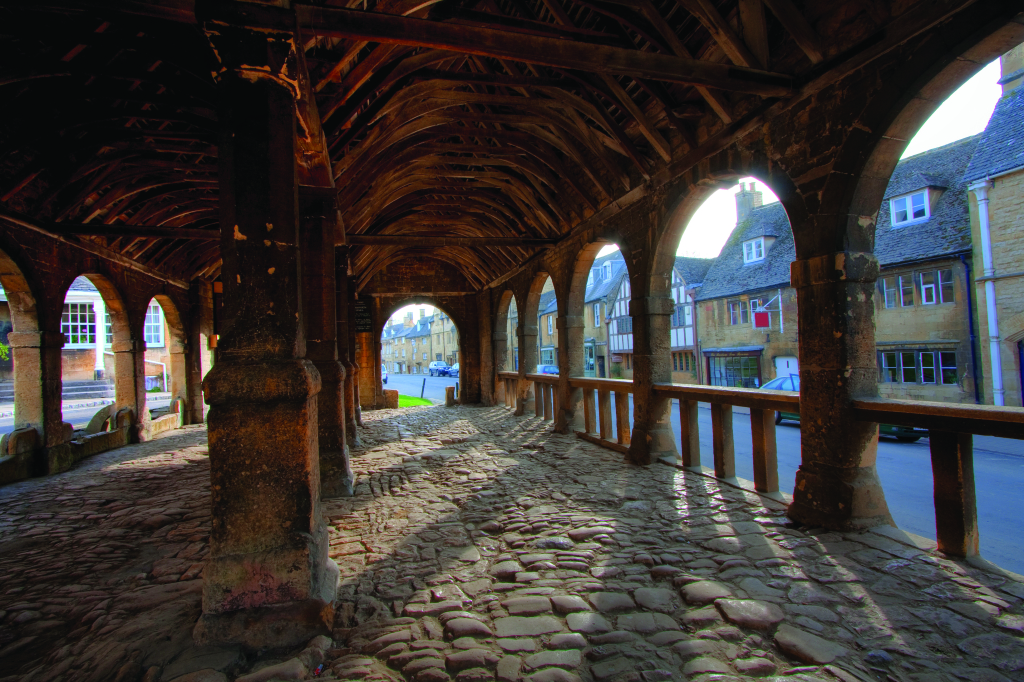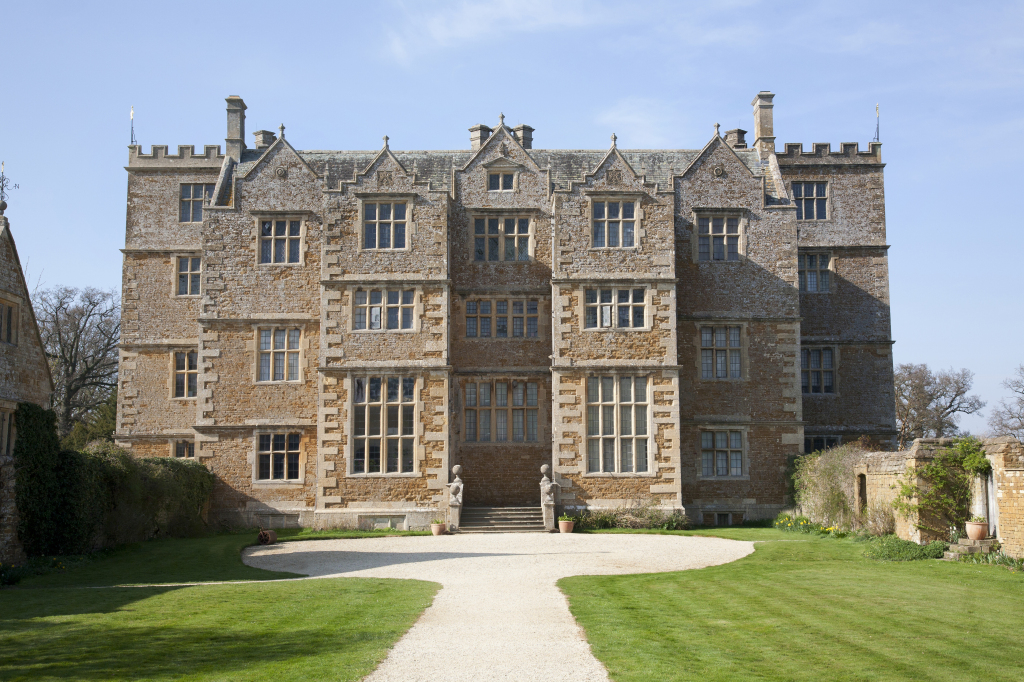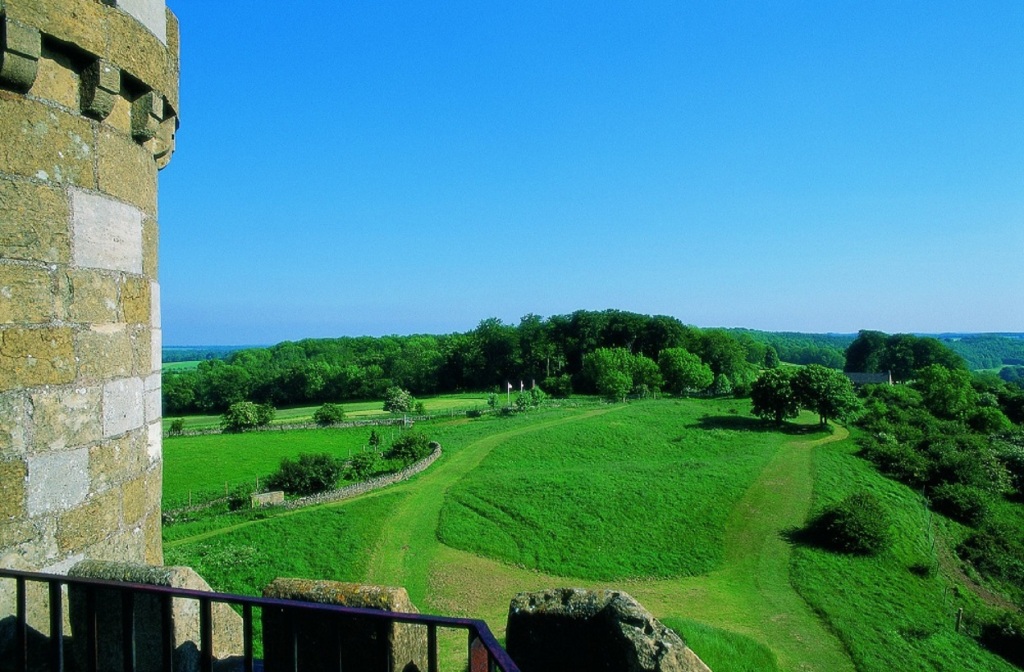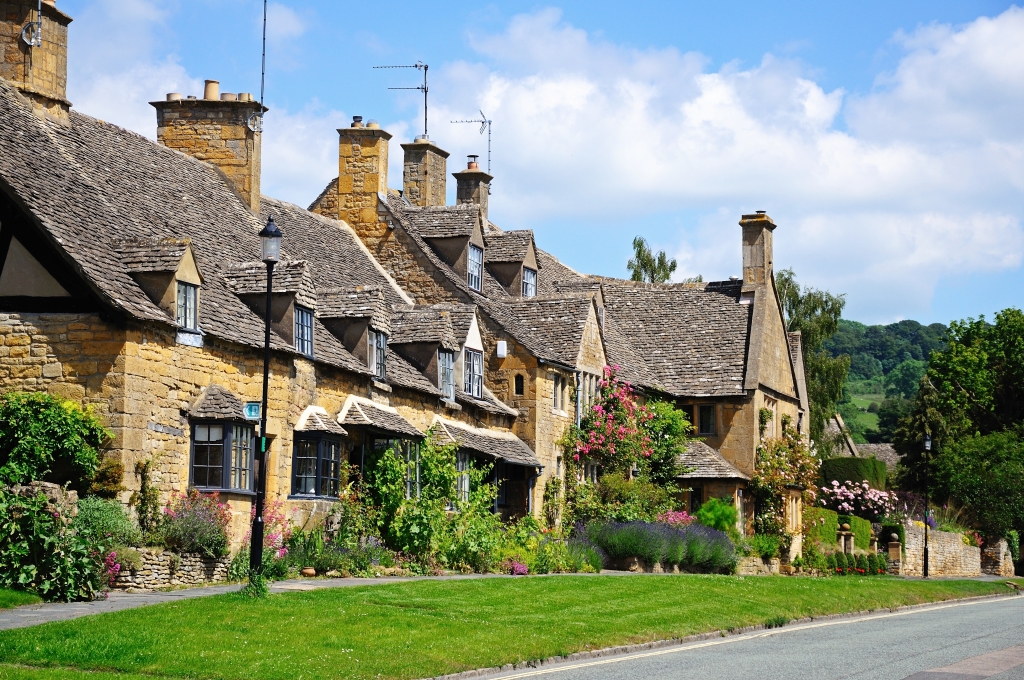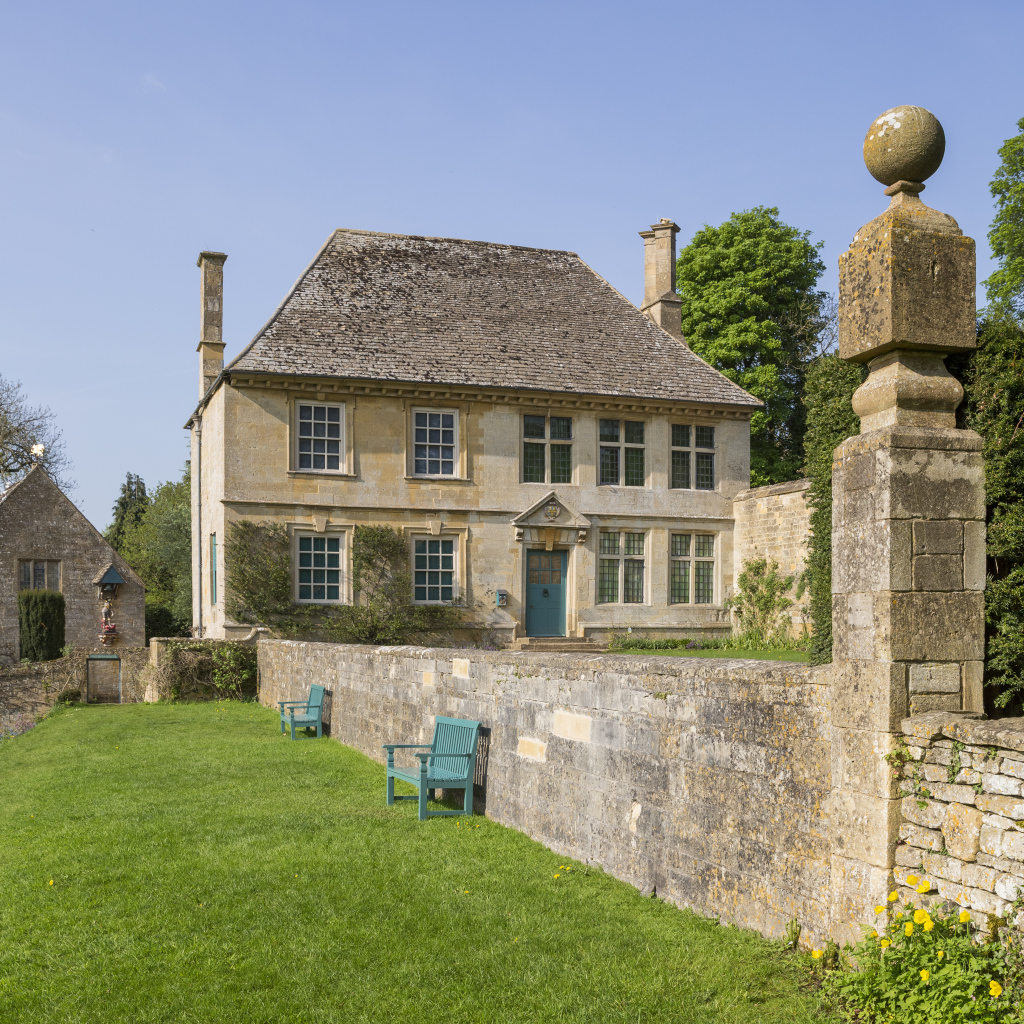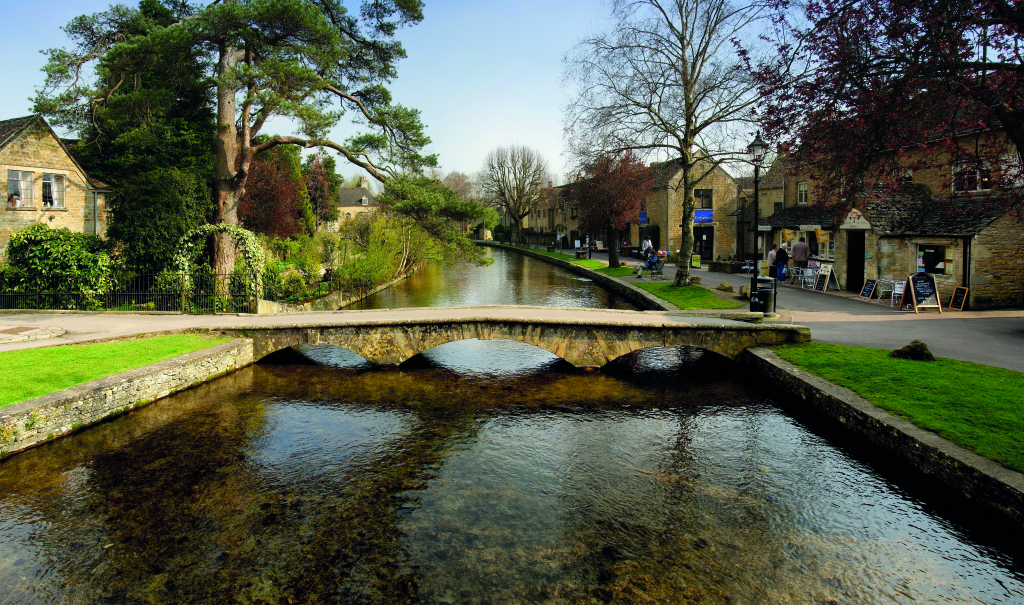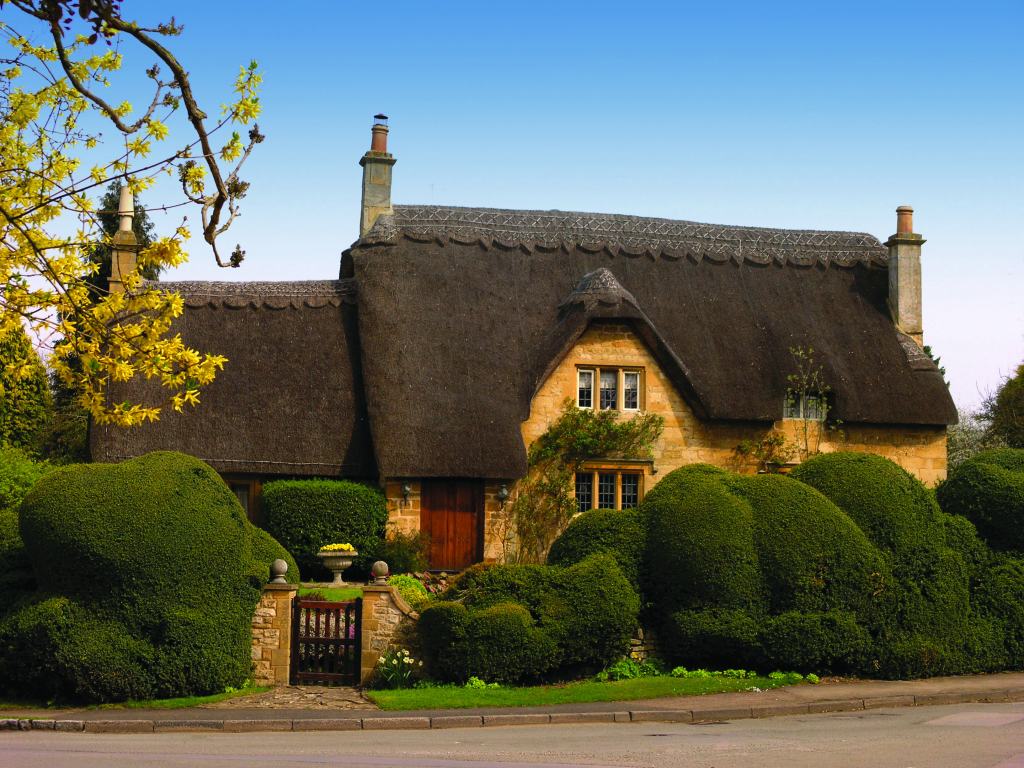Post by: Melodie Robson
Whether you are a bibliophile, a fan of lively debate or a celebrity spotter, visiting the Cotswolds in October is the perfect opportunity to combine a chance to see some beautiful villages and houses with the chance to visit the world famous The Times and The Sunday Times Cheltenham Literature Festival. For 10 days every October the Regency spa town of Cheltenham is home to more than 600 speakers across nearly 500 events providing a true celebration of the written and spoken word.
While it seems that every town has a literature festival these days, Cheltenham is actually one of the oldest literary events in the world, and was the first regular literature festival to be held in Britain. Established in 1949 by local author John Moore, the very first festival featured world-renowned actor Ralph Richardson, who was born in Cheltenham, and launched the first event, while poet Cecil Day-Lewis, a teacher at local Cheltenham College, gave a contemporary poetry recital. While the early festivals were very small-scale affairs, where authors and readers alike shared the same tables in the café, ensuring that lively debates carried on well after the talks had ended, the festival has grown enormously in recent years to become one of the best in the world, attended by the biggest names.
Situated on the gateway to the Cotswolds, Cheltenham makes a great base for exploring the traditional picturesque villages and historic houses nearby. Cheltenham itself has many comfortable and good-quality hotels to suit any price range, and is populated with a vast number of cafes, restaurants and bars and colourful independent shops for you to explore. With the Cotswolds on your doorstep, there is a wealth of amazing architecture and breathtaking landscape to explore.
One hidden Cotswold gem is Jacobean Chastleton House, situated in the midst of the most beautiful English countryside. Built between 1607 and 1612 by a prosperous wool merchant, the house remained in the same family until 1991, being passed to the National Trust in a virtually un-altered state. Chastleton House is truly unique, with parts of the house clearly showing the ravages of time, but with enough of the original grandeur remaining to give a real insight into the history of the property. The highly decorative plasterwork on the ceiling of the drawing room is one of the finest examples in England. Most impressive is the vaulted ceiling of the long gallery that runs across the top floor of the house. Designed as a place to exercise in poor weather, and filled with as many windows as possible to let in light, and the barrel-vaulted ceiling to give a sense of air and space, you can imagine how much enjoyment this room had provided over the years.
Outside, the gardens are equally striking, with manicured lawns, interesting topiary and a charming country cottage style walled garden. Chastleton is found in the middle of rural countryside and accessed by walking through fields to the gates of the house. In true country fashion the fields are usually filled with sheep, who are quite content to let travellers meander past them on their journey. Neighbouring Chastleton House is a beautiful church which we also recommend visiting. The original church was built in about 1100 AD and enlarged in 1320. The church was later restored in 1878–80 to the designs of C.E. Powell and is a Grade II* listed building. The overall impression of the country fields, charming church and stunning house really does make you feel as though you have stepped back in time.
Fans of time-travel will also find a visit to the village of Bibury a must, when visiting the area. William Morris described Bibury as: ‘the most beautiful village in England’ and you will probably agree with him when you visit. Just over a half-hour outside of Cheltenham, Bibury boasts possibly England’s most iconic row of cottages, Arlington Row. These National Trust owned picturesque cottages were originally built in 1380 as a monastic wool store and then converted into a row of weavers’ cottages in the 17th century. The cloth produced there was sent to Arlington Mill on the other side of Rack Isle. The cloth was then hung on wooden timber frames on Rack Isle after being degreased at Arlington Mill. In addition to being one of the most photographed sites in the UK, the cottages have featured in numerous film and television adaptations over the years, and even if you have never visited Bibury before you will certainly get the feeling that you recognise the cottages from somewhere.
On the flip-side it’s probably fair to say that there is nowhere else quite like Snowshill Manor, and you will not have seen anywhere like it previously. Have you ever visited a beautiful big house before where the owner had filled it to bursting point with his possessions, forcing him to live in a tiny dwelling next door? In actual fact, Charles Paget Wade, the illustrious owner, bought Snowshill just to house his collections in, as a sort of private museum, and was quite content to live simply in the nearby old Priest’s house with few modern amenities, allowing him to devote all of his available space to his beloved collections. By the time of his death Wade had amassed over 22,000 objects. He gave the property and the contents of this collection to the National Trust in 1951, so that the house and its collection could be preserved for the nation. Close to the Cotswold village of Broadway, with its picture-postcard streets, Snowshill Manor is somewhere you do not want to miss if you are visiting the area.
From the outside, Snowshill Manor is a fine example of a 16th century manor house, made of traditional Cotswold stone. Surrounding the house are some beautiful countryside, pretty gardens, a brewhouse, and an impressively large dovecote filled with lively white doves. The gardens were designed by Arts and Crafts architect M H Baillie Scott and function as a series of garden rooms, some tying in with the house’s rural setting, and some more formal. A picturesque orchard fills one garden, while the main garden behind the house has a formal fountain set in an Italian style garden, and a very informal pond complete with miniature boating lake and model village!
Inside, the house is filled with hundreds of objects, including Samurai armour, oriental artefacts, musical instruments and a large collection of sometimes disturbing children’s toys. One room of the house is filled with a dazzling array of vintage modes of transport, from ancient carriages to bone-rattling bicycles, while another houses an impressive selection of religious relics. There is so much to look at as you walk around that you need to allow yourself plenty of time to take in the full spectacle. In order to preserve the often delicate nature of the collection, the light levels in the rooms can be quite low, and there are no labels on any of the objects. However, there are some wonderful guides in the rooms who will explain the collections to you with some insightful anecdotes.
When you are done visiting some of the local historic houses, you can while away the time by attending one of the talks at Cheltenham’s literature festival. 2016’s line up was a stellar collection of literary greats, popular authors, stars of entertainment and sport, political commentators and poets. Among them were authors Ian McEwan, Jonathan Safran Foer, Sebastian Faulks, Karl Ove Knausgaard, PJ O’Rourke, Edna O’Brien, Jacqueline Wilson, and fashion designer Vivienne Westwood. Meanwhile John Banville, Julian Barnes, Anne Enright, and Peter Carey brought the total number of Booker Prize winners speaking at the Festival to an impressive six including Pat Barker and Salman Rushdie. With a huge variety of themes of talk, from politics to film and television stars, there is always something for every taste. This year saw fascinating talks about great English Cathedrals, the art of Slow Travel and the challenges of adapting works of historical fiction for modern television, including filming in stately homes which would have appealed to lovers of historic houses.
Next year the festival runs from October 6-15, 2017.
Albion are offering a tour to Cheltenham Literature Festival and the Cotswolds in October 2017, that also visits the historic houses and villages listed above amongst many others, with places still available.
You can find out more here.
